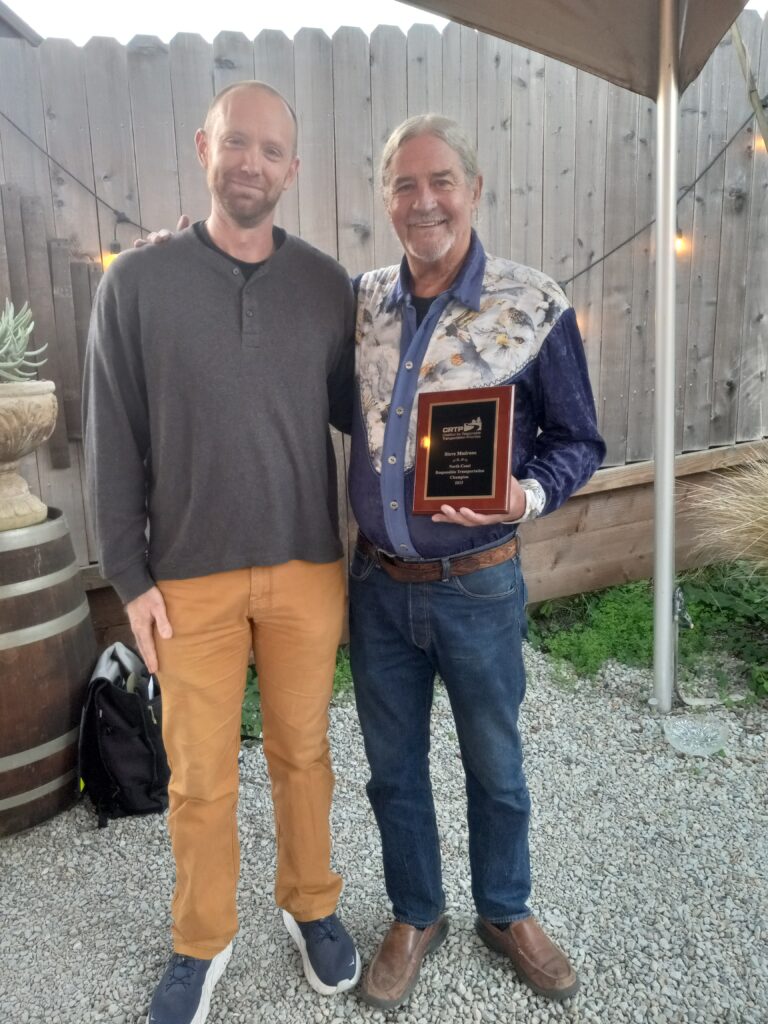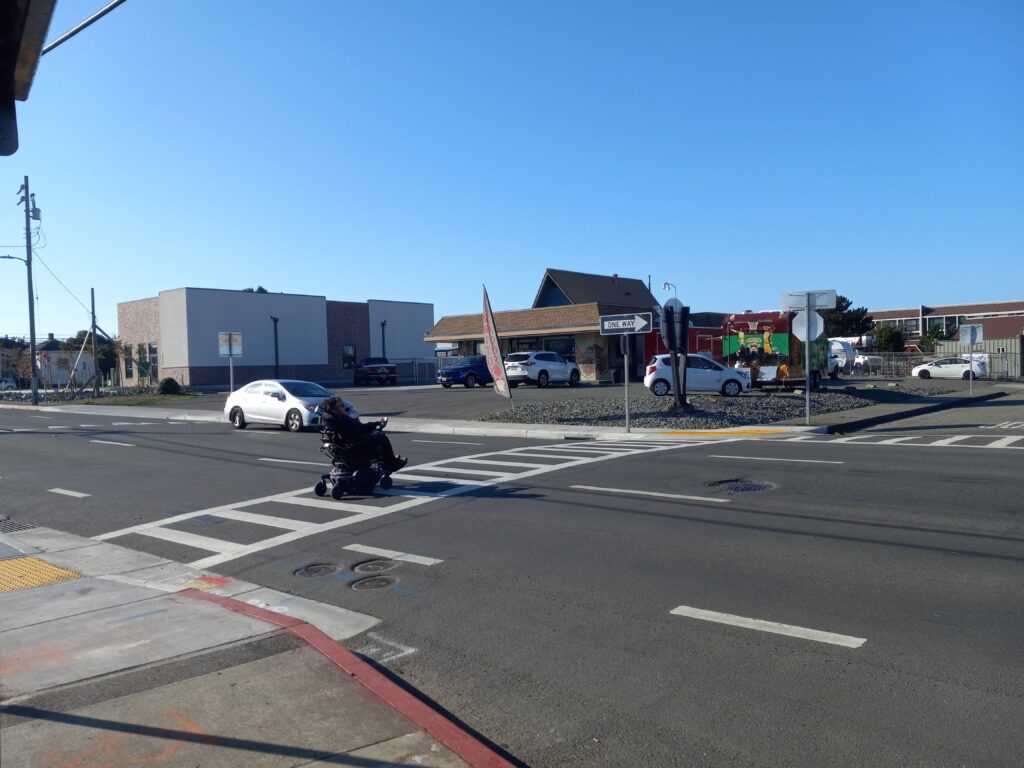The Collector
December 19, 2025
Editor’s Note: The Collector will be on a winter break for the next few weeks. We’ll be back in the New Year!
Humboldt Regional Climate Action Plan Adopted!
On Tuesday, the Humboldt County Board of Supervisors officially adopted the Regional Climate Action Plan after nearly eight years under development. We appreciate that the supervisors made some changes to address our concerns about the plan’s definition of infill development (although we have yet to see the text of those changes). We also saw some progress addressing our concerns about greenhouse gas thresholds for new projects, with the supervisors adopting thresholds that are slightly more reasonable than what was recommended by the Planning Commission, but still not as ambitious as they should be.
In fact, “some progress, but not as ambitious as it should be” would be a reasonable way to sum up the whole Regional Climate Action Plan. The plan commits to much-needed new programs and reforms in transportation, land use, energy, and other areas. This marks the first time that some local agencies – notably the County of Humboldt itself – have made such meaningful commitments. However, it was supposed to be a ten-year plan starting in 2020, and the long delays mean the region now has only 4 years (until 2030) to follow through. And many of the plan’s goals are not very ambitious – for example, to increase walking and biking in urban areas from the current 9% of trips up to just 12%. So the new plan developed in 2030 will have to include much more aggressive measures in order to reach the state’s target of carbon neutrality by 2045.
It’s also worth noting that the plan is intended to be implemented not just by the county, but also by all seven local cities and several other agencies. All of these partners must now adopt the plan. The real work won’t start until that happens, after which a Regional Climate Committee will be formed and staff hired to work on it. CRTP will be monitoring the situation closely.
Parking, Parking, Parking
Parking was the theme of the Arcata City Council meeting this week. The Council established a parking permit system on Eye Street to address concerns about student parking spillover from the new Hinarr Hu Moulik dorms. This simple action provides a good illustration of how parking problems do not need to be addressed with more parking – they can be much more effectively addressed through good management.
The bulk of conversation at the meeting, however, was focused on Cal Poly Humboldt’s plan to build a massive new parking lot on Foster Avenue in the Arcata Bottoms. In contrast to the parking permit system, this plan represents the worst way to respond to perceived parking shortages: by paving over yet more land in a vain effort to meet parking “demand.” In fact, the university revealed Wednesday that they eventually plan to build a mind-boggling 1,000 parking spaces on the site.
The university has many options for better managing its parking problems – some of which are called for in its own climate action plan – and an expensive parking study the university commissioned a few years ago explicitly advised against building new parking. But the administration has so far ignored its own plans and expert advice, refusing to implement new parking management strategies and instead opting to pursue costly, destructive, and unnecessary new parking construction.
We should acknowledge that a Cal Poly representative also announced on Wednesday a needed trail connection to fill the gap between segments of Foster Avenue. Unfortunately, the benefits of this small improvement for bicyclists and pedestrians will be completely overshadowed by the impacts of the massive expanses of asphalt to be built just a few steps away.
Comment Period Still Open for Regional Transportation Plan
Humboldt’s Regional Transportation Plan contains more ambitious and science-based policies and targets than the Regional Climate Action Plan. But a new version being circulated for public comment backs away from previous commitments to urgently needed climate progress.
From removing the phrase “climate crisis” to delaying commitments to build climate-friendly infill housing, purchase zero-emission vehicles, and develop EV charging stations, the new plan would be a step backward for the region. Most concerning, the new plan would remove any commitment to funding projects that are actually consistent with the plan’s own goals for climate action and transportation safety.
The public comment period is open until December 29th. If you haven’t commented yet, we encourage you to take the official survey on the plan, and then to email Humboldt County Association of Governments (HCAOG) Board members and tell them to increase their commitment to climate action rather than abandoning their ambitions. You can find Board members’ emails here.
Here are some specific things you could say:
- Restore the use of the phrase “climate crisis” throughout the Regional Transportation Plan. Language matters, especially when it comes to important plans and policies.
- Don’t reverse climate progress. Keep existing targets for climate action, including climate-friendly infill housing. We need climate action now, not five years from now.
- Ensure that future funding decisions prioritize HCAOG’s own climate and safety goals. A plan is nothing more than words on paper if it doesn’t influence future decisions!
News from Beyond the North Coast
Rural Transit Would Be Hit Hard by Trump Cuts
The Trump administration’s proposal to cut almost all federal funding for public transit would hit rural areas like the North Coast particularly hard. Small rural transit agencies tend to rely much more heavily on federal funding than agencies in bigger metro areas.
Trump Administration Wants Dirtier Buses
There’s really no other way to say it. Faced with administering a congressionally mandated grant program to fund low-emission and zero-emission buses, the administration provided almost no funding for zero-emission buses. Instead, they poured money into the dirtiest vehicles that could fit the definition of “low-emission.”
The Collector is CRTP’s weekly transportation news roundup, published every Friday. We focus on North Coast news, but we also include relevant state, national and international transportation news – plus other items that we just find kind of interesting! To submit items for consideration, email colin@transportationpriorities.org.

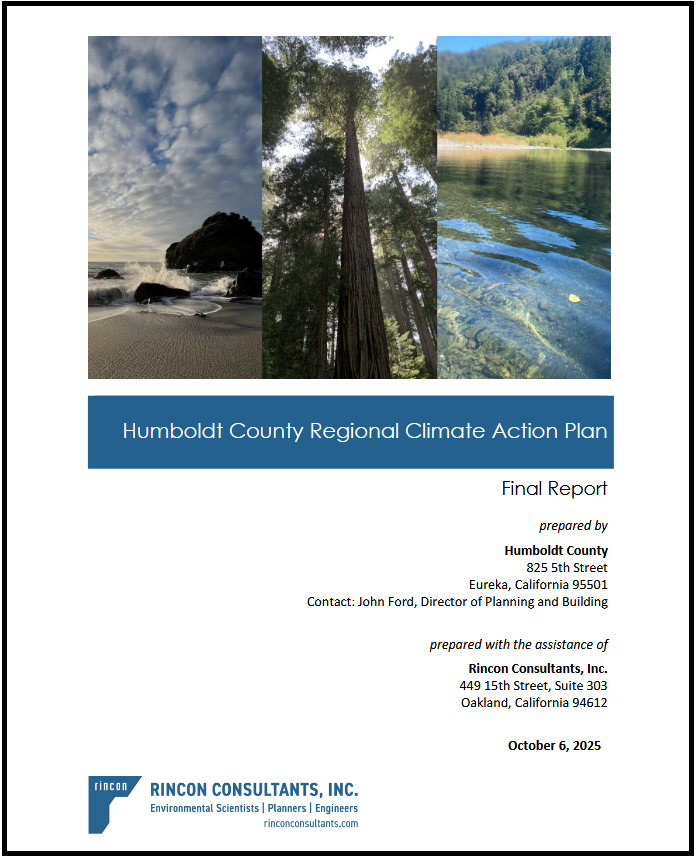
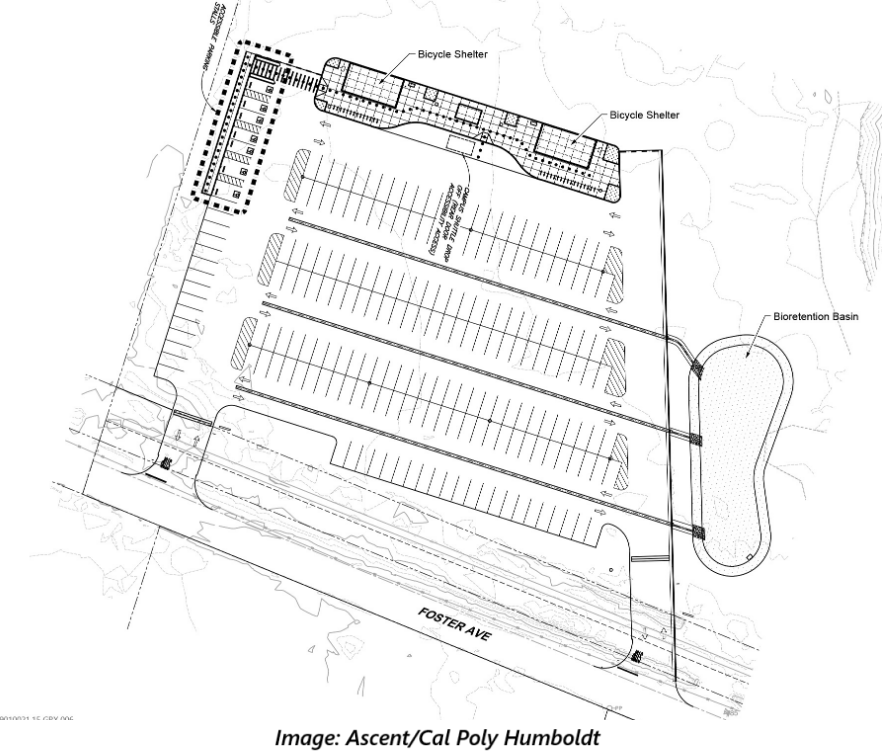
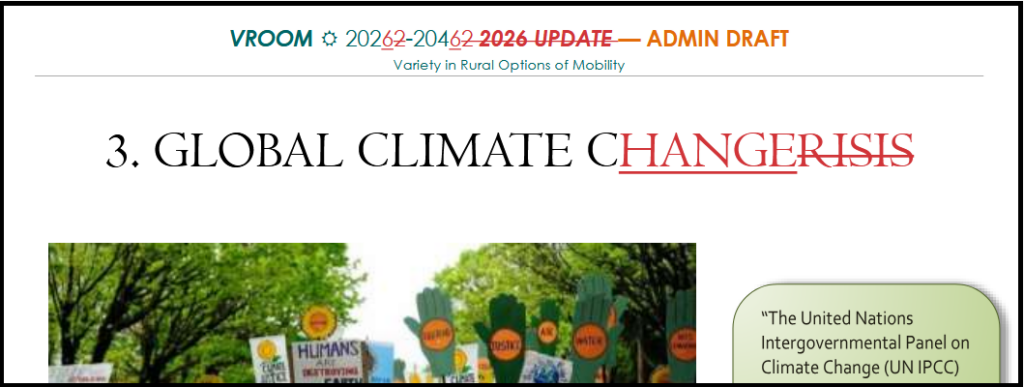
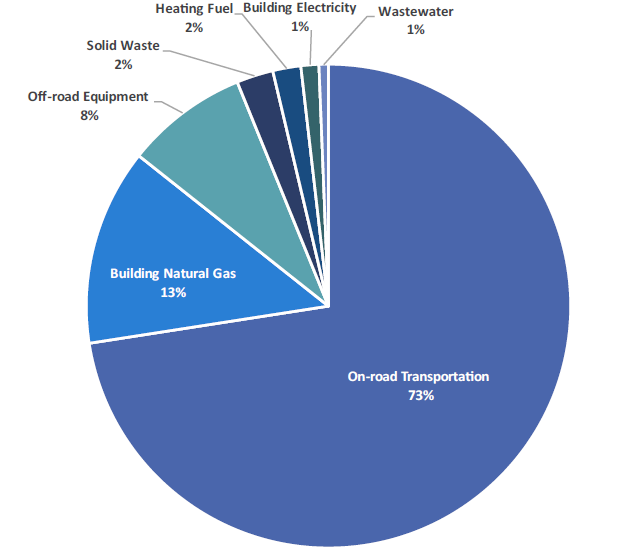

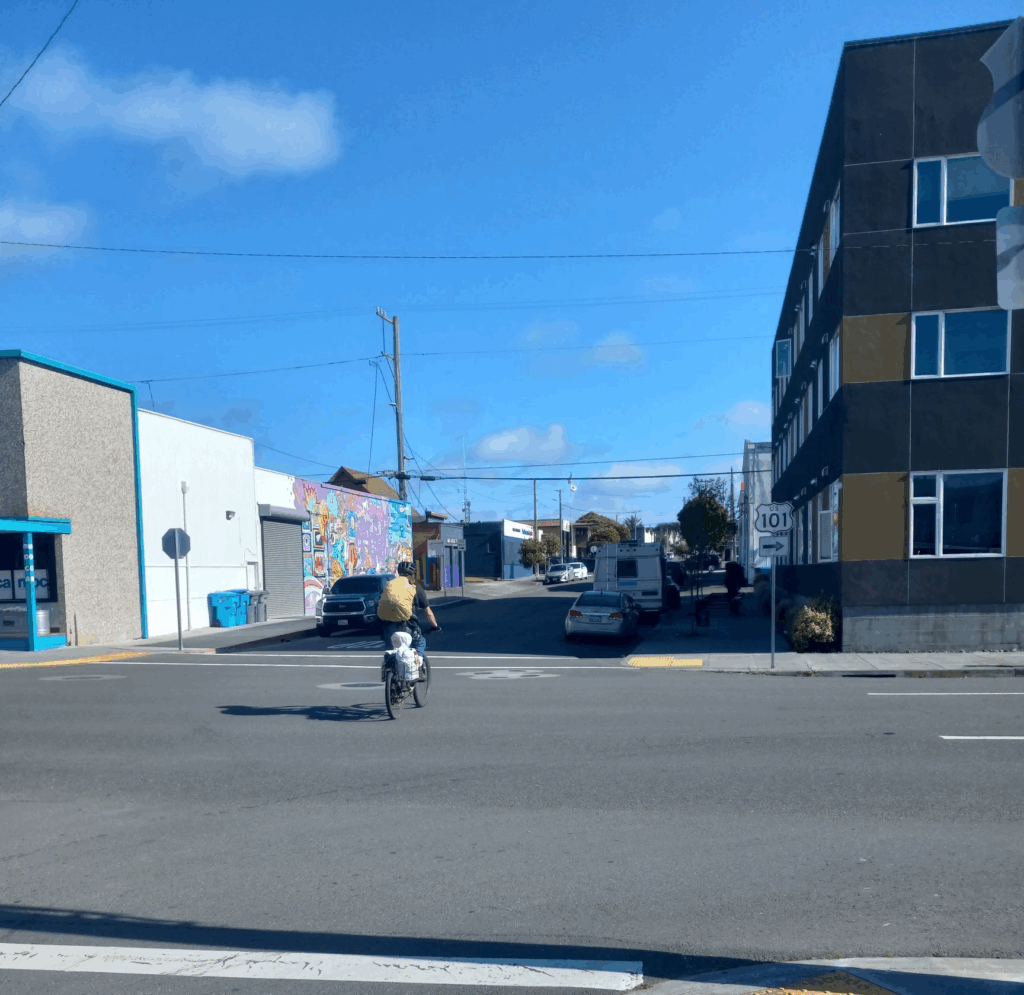
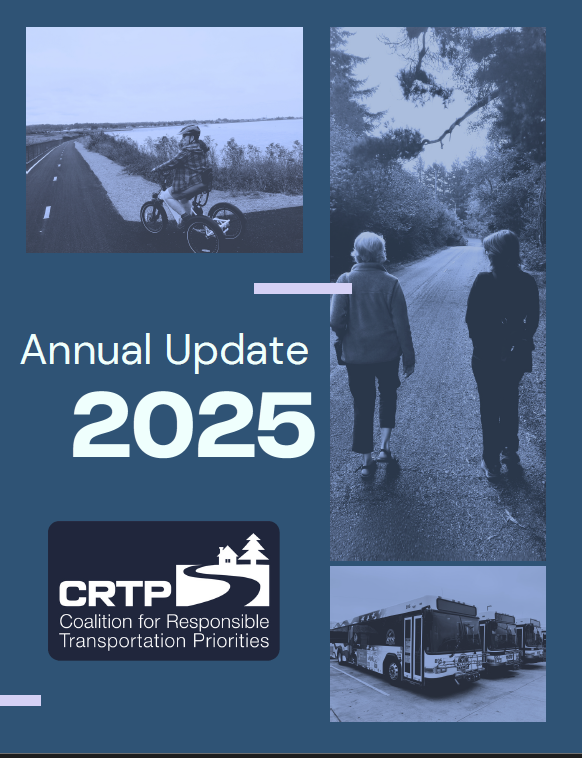
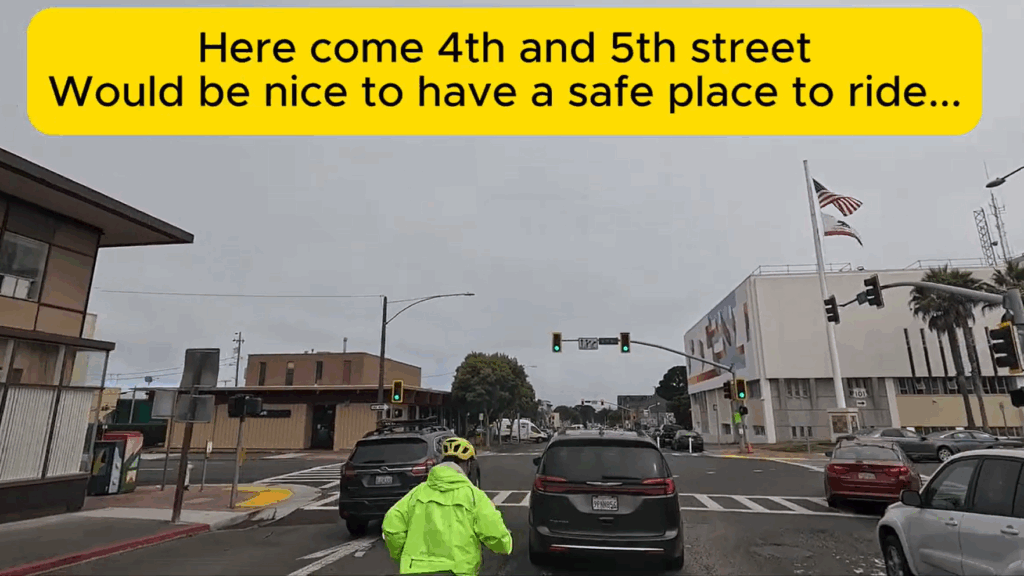
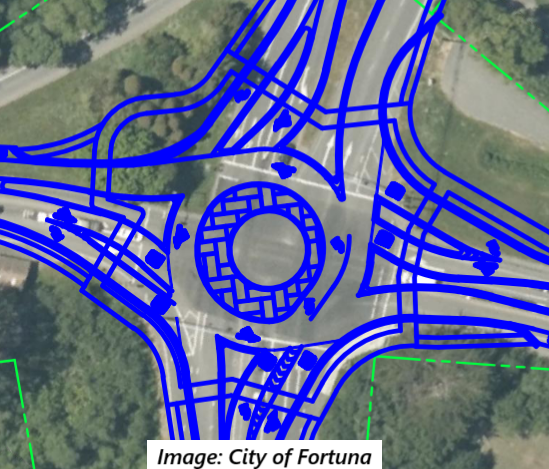
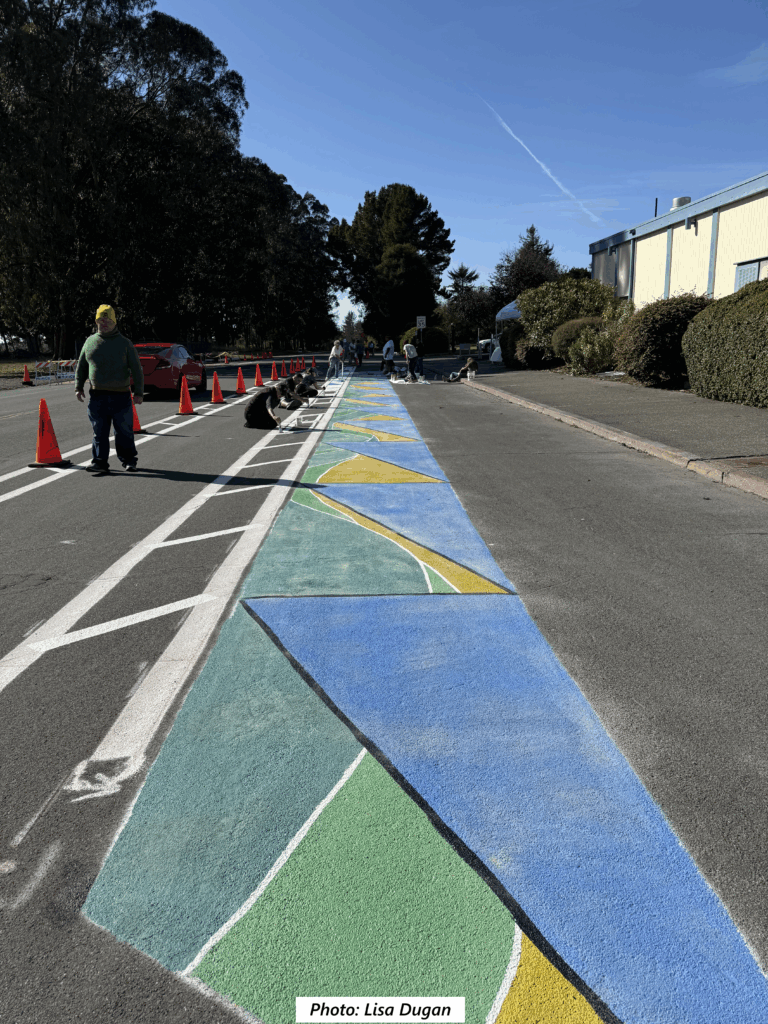
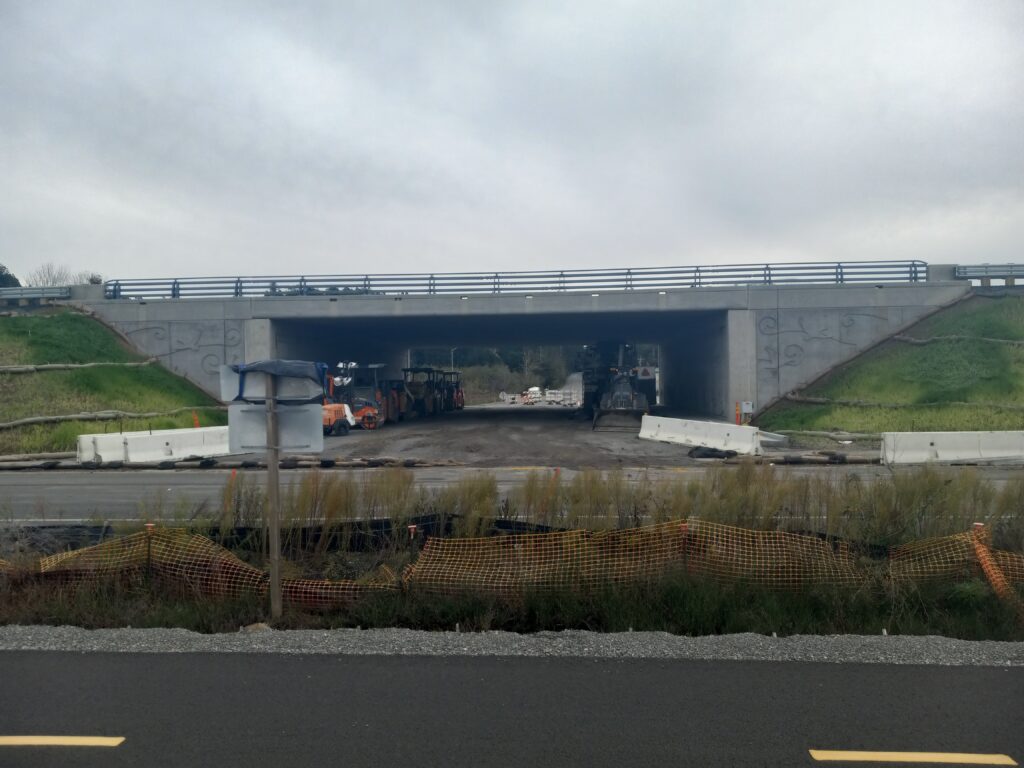
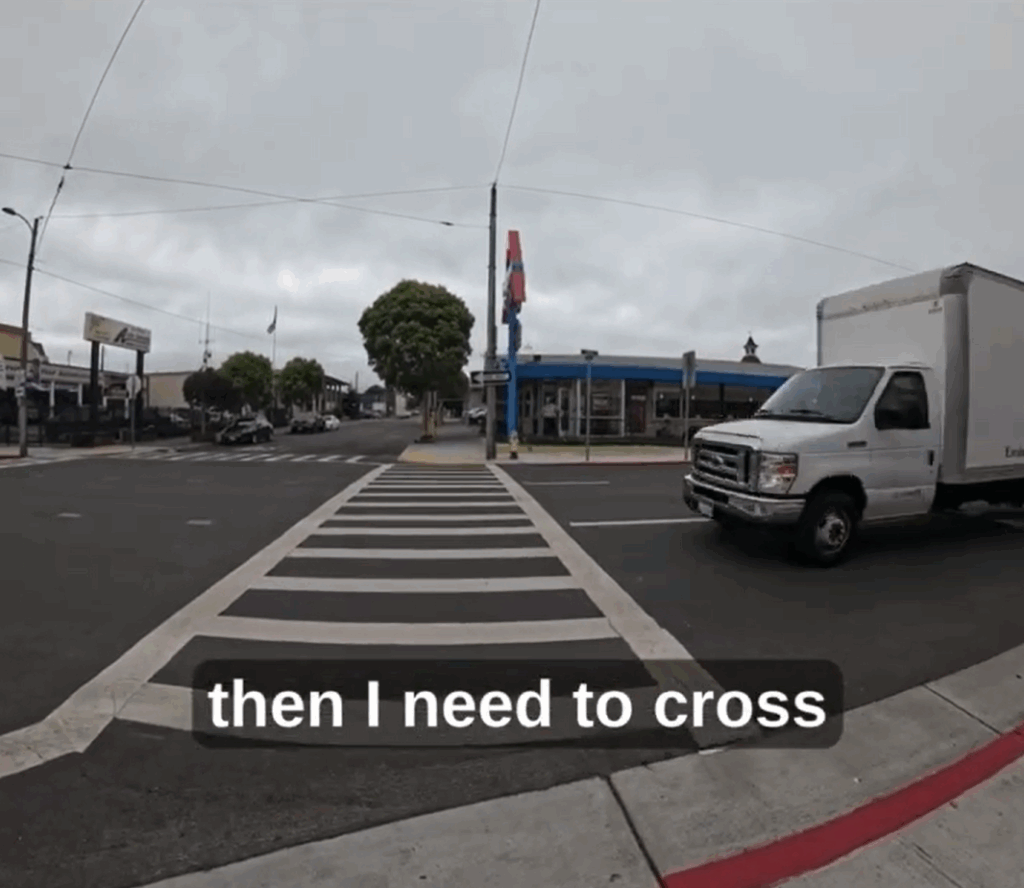

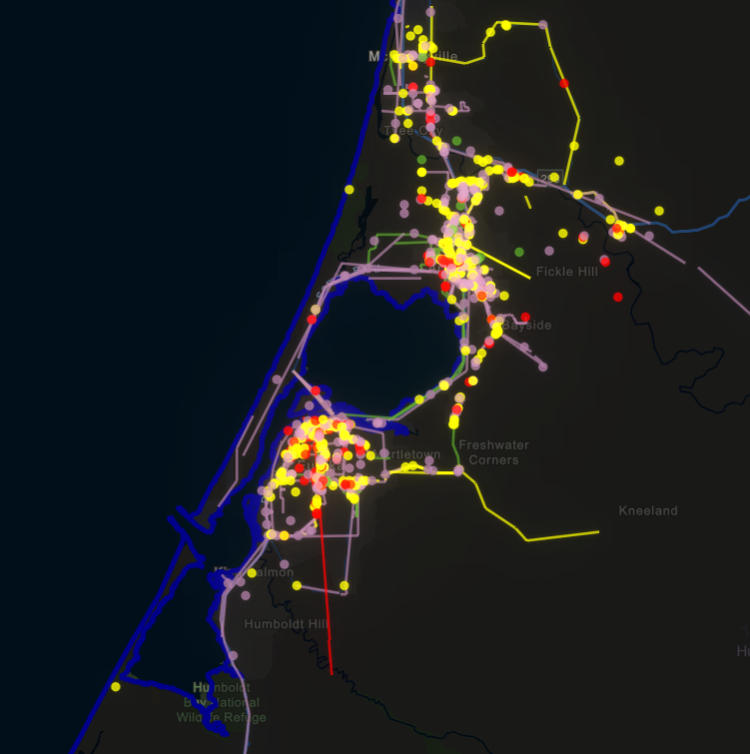
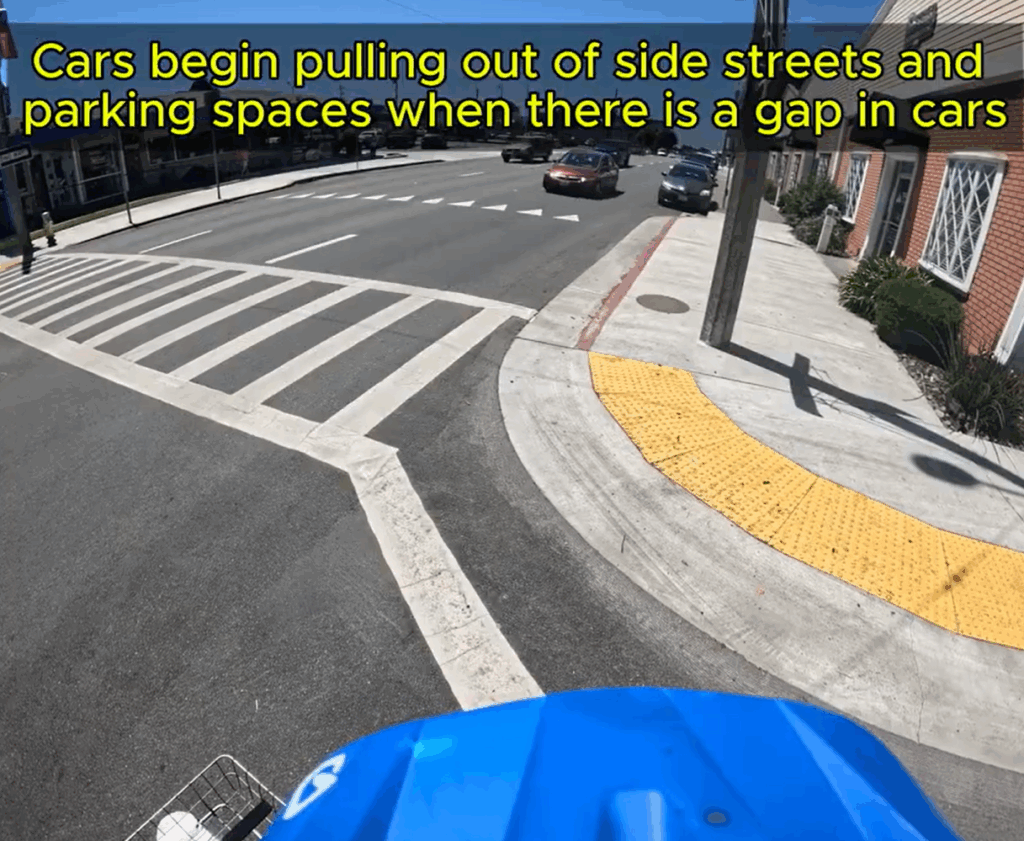
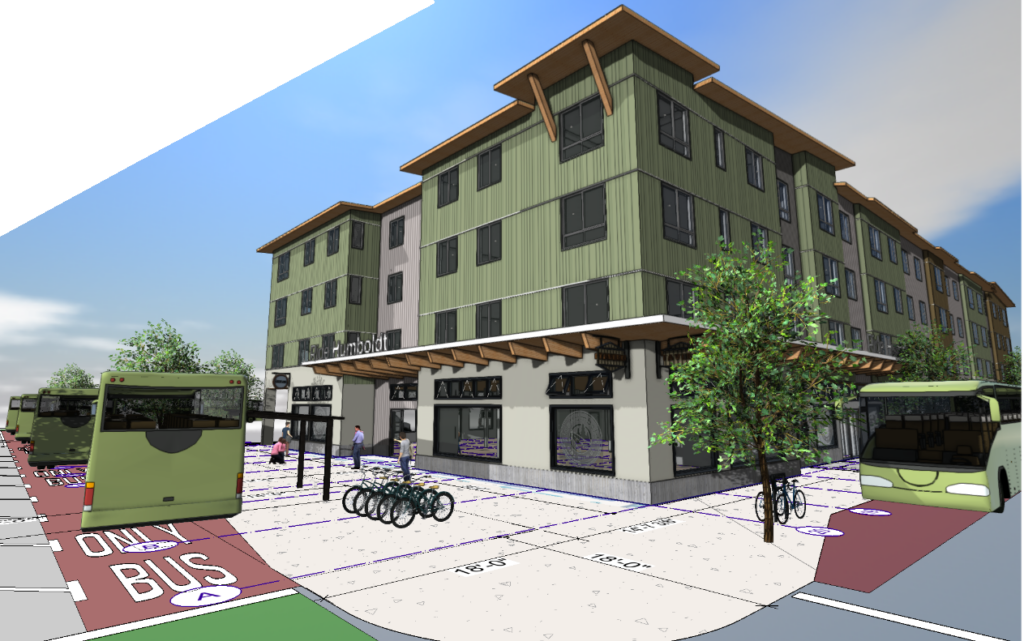
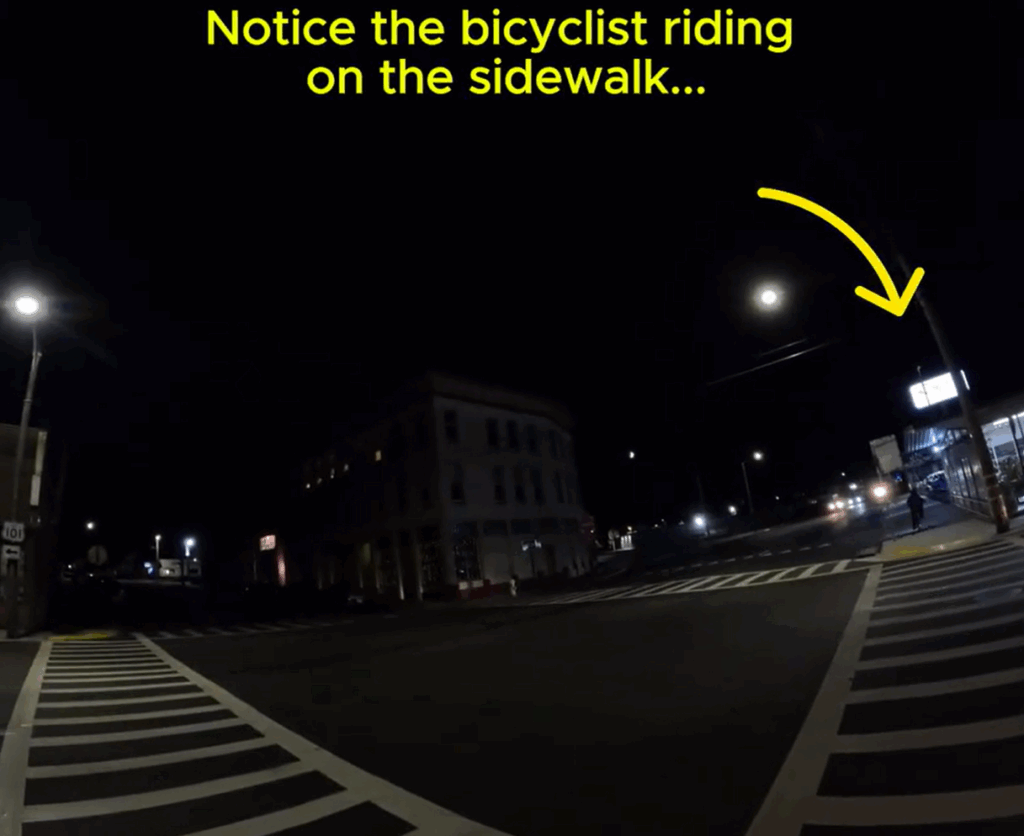

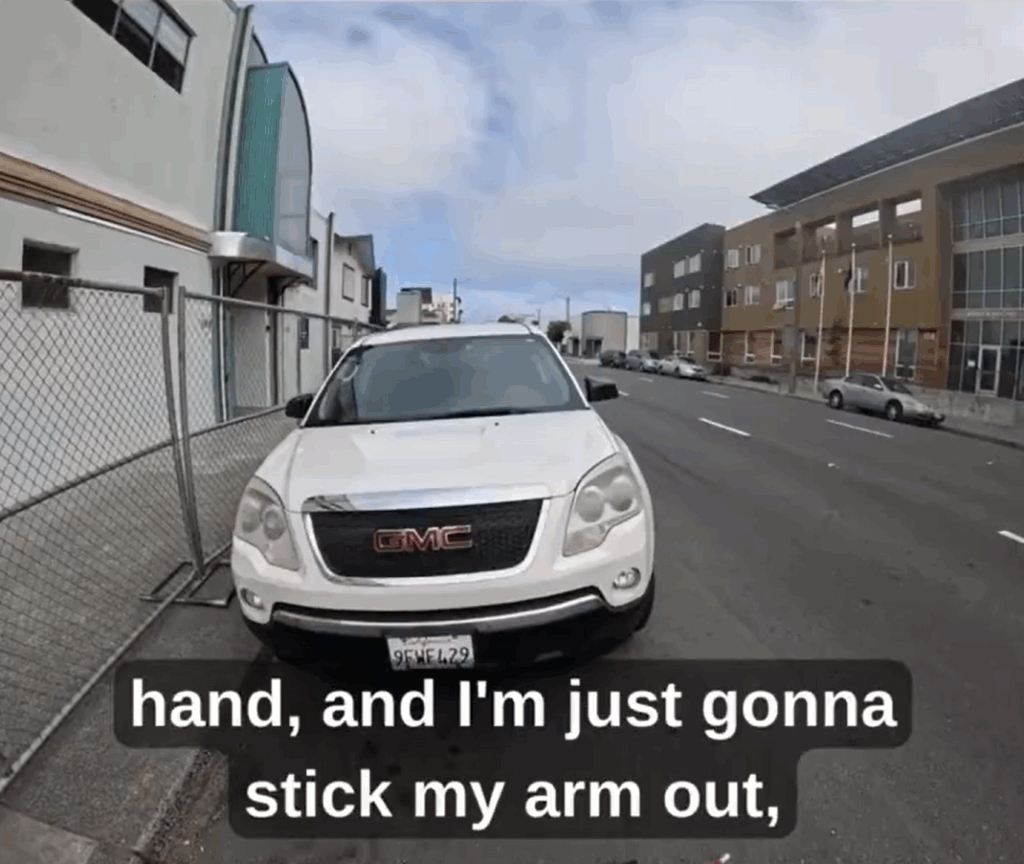
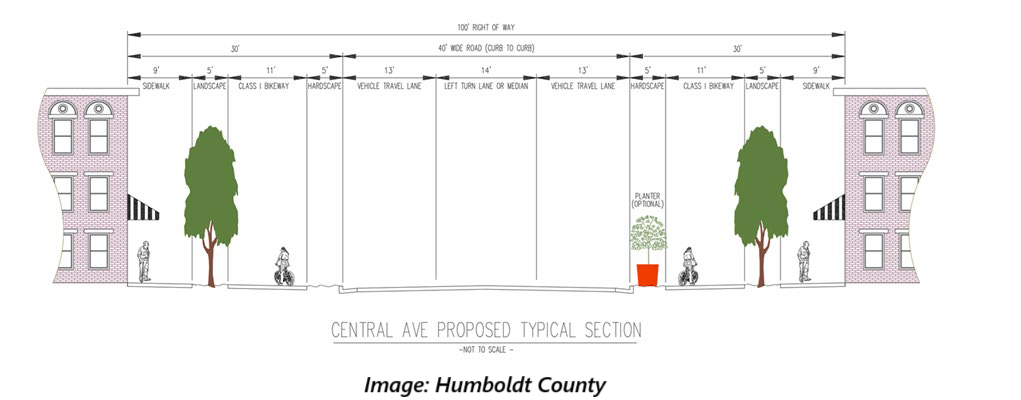
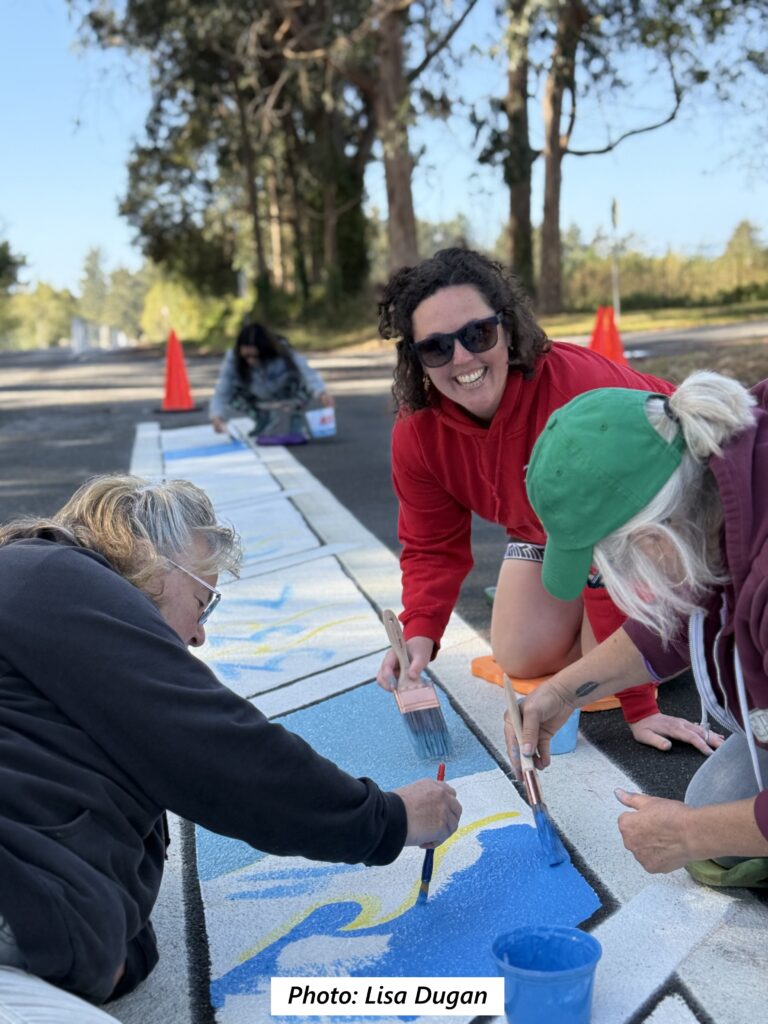
![A video screen shot shows a pickup truck looming large next to a sidewalk, with an intersection and traffic light visible in the background. Text reads "Would the driver even e able to see the child in front of or behind their truck?" and a caption says "[child making sounds]".](https://transportationpriorities.org/wp-content/uploads/2025/10/Screen-shot-from-6-year-old-video-1024x908.png)
